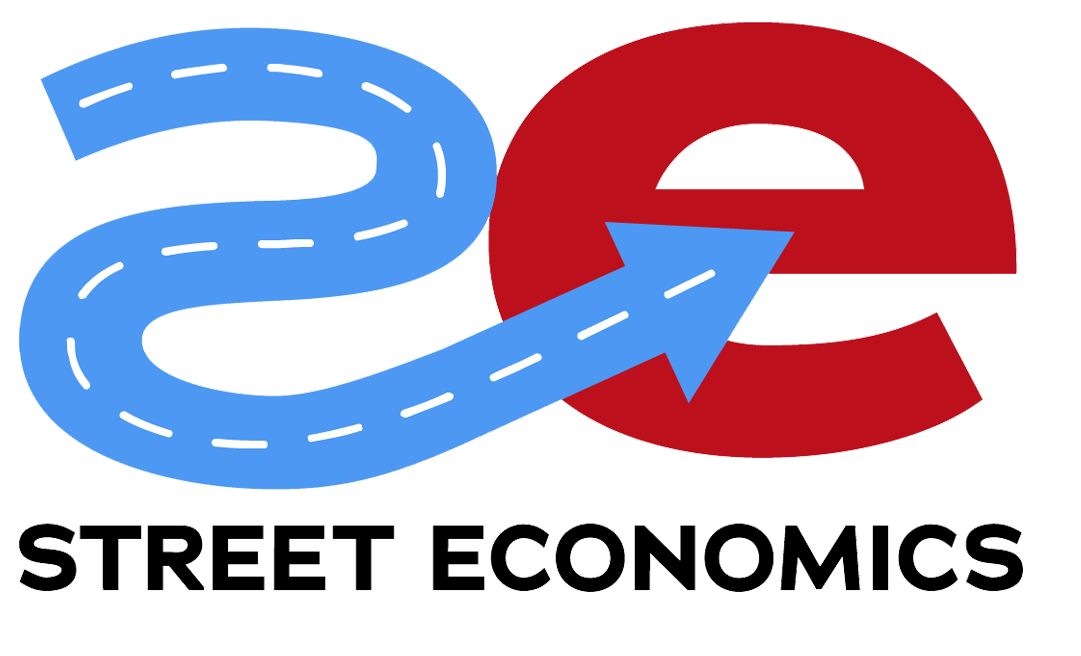As grocery prices continue to rise, small businesses, especially those producing specialty or niche foods, grapple with a hidden burden—unexpected and often steep fees from food distributors. A recent Wall Street Journal article sheds light on these “mysterious fees,” ranging from charges for warehousing, handling promotional activities, shelf placement, spoilage, and even minor shipping discrepancies. The result? Small businesses, from local granola makers to hot sauce entrepreneurs, are forced to raise prices or risk going under, a dilemma that impacts consumers and local economies, especially in small towns.
For many small-town Main Streets and entrepreneurial ventures, the structure of the grocery distribution network presents a substantial challenge. Distribution giants, operating on thin profit margins, often offset costs by charging food makers a range of fees. The ripple effects hit small businesses hardest, making it increasingly difficult for them to thrive or survive.
This situation highlights a critical issue for small towns: as the cost of getting goods to market rises, local economies reliant on small businesses face increased pressure. For Main Streets and entrepreneurial communities, this underscores the importance of supporting locally produced goods and encouraging direct-to-consumer sales channels, farmers’ markets, and regional distributors who might offer more flexibility than national distribution chains.
Why This Matters
Sustaining Local Economies: When small businesses succeed, so do local economies. Encouraging entrepreneurship and reducing the reliance on national distributors can help Main Street shops source local, high-quality products at more stable prices, creating a sustainable loop of economic benefit.
Building Resilient Supply Chains: Relying on fewer, large distributors often adds layers of costs that don’t benefit the end consumer. By fostering local distribution networks and supporting regional hubs, small towns can encourage alternative paths to market that are both more transparent and supportive of local producers.
Empowering Small Businesses: By raising awareness of these distribution challenges, we can advocate for fairer terms that help small businesses compete. Communities and local governments can support initiatives that connect entrepreneurs directly with consumers and work to remove the barriers that these hidden fees present.
Keeping Prices Accessible for Residents: When local producers have more direct access to markets, costs can be reduced, helping to keep essential goods affordable for residents. This benefits not only small businesses but the entire community.
This insight into the food distribution system was highlighted by Jesse Newman in the Wall Street Journal, emphasizing the importance of supporting alternative distribution models to foster resilience in small towns. As small businesses navigate these challenges, small towns and Main Street communities play a crucial role. Through local policy, support for alternative distribution models, and community initiatives, we can help small businesses flourish despite these hurdles—driving forward the values of entrepreneurship and community resilience that define Main Streets across America.



Comments are closed